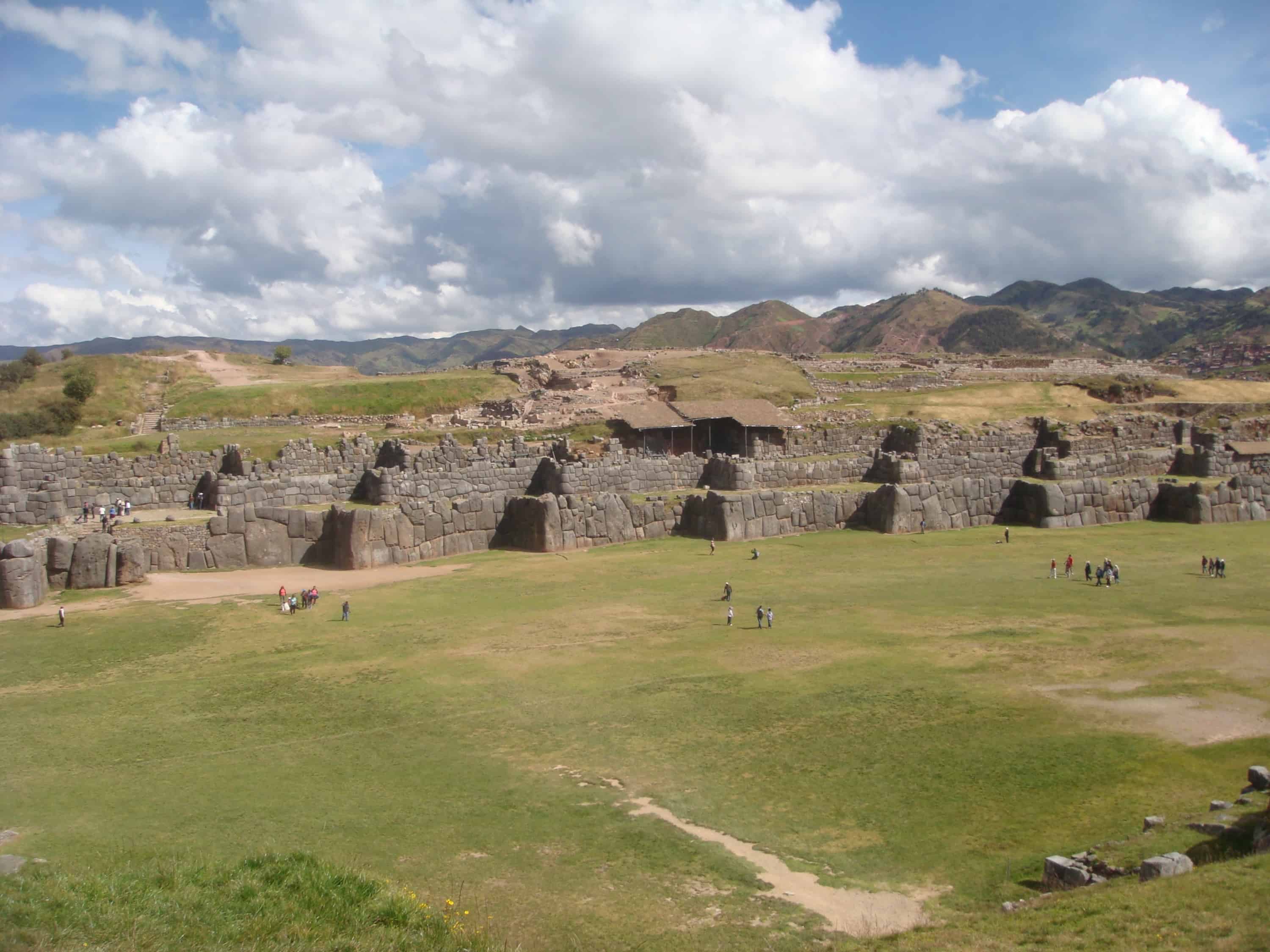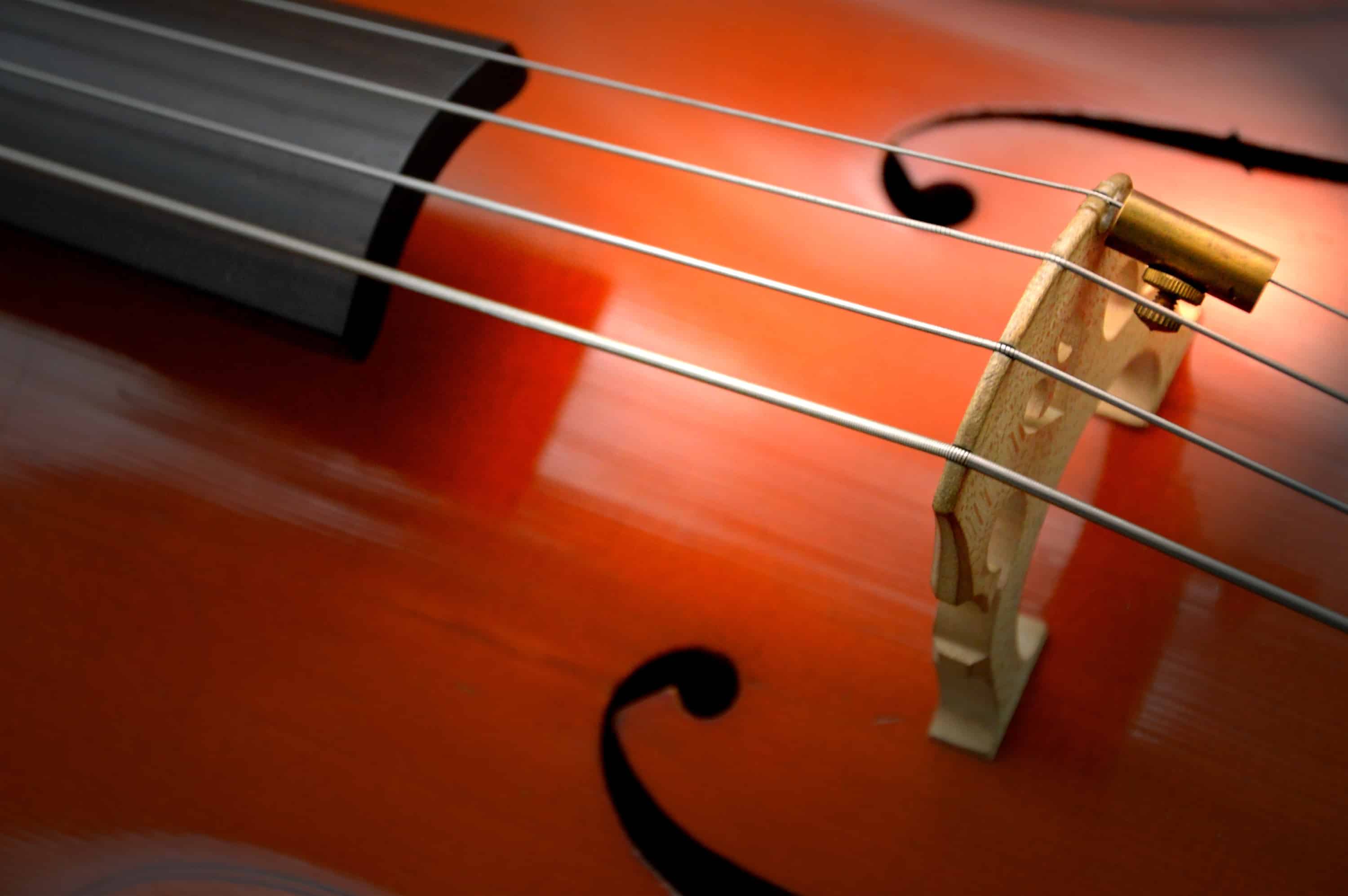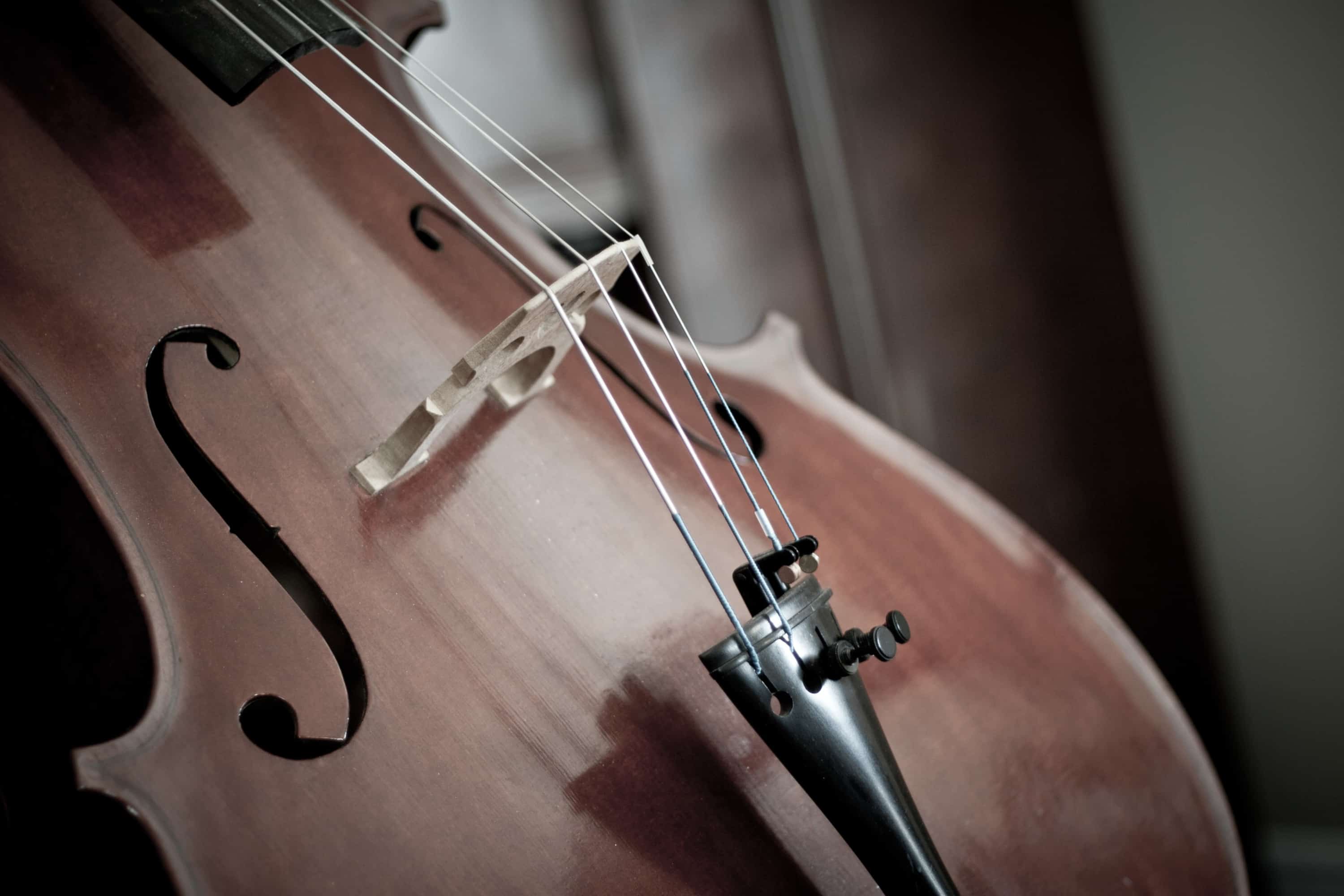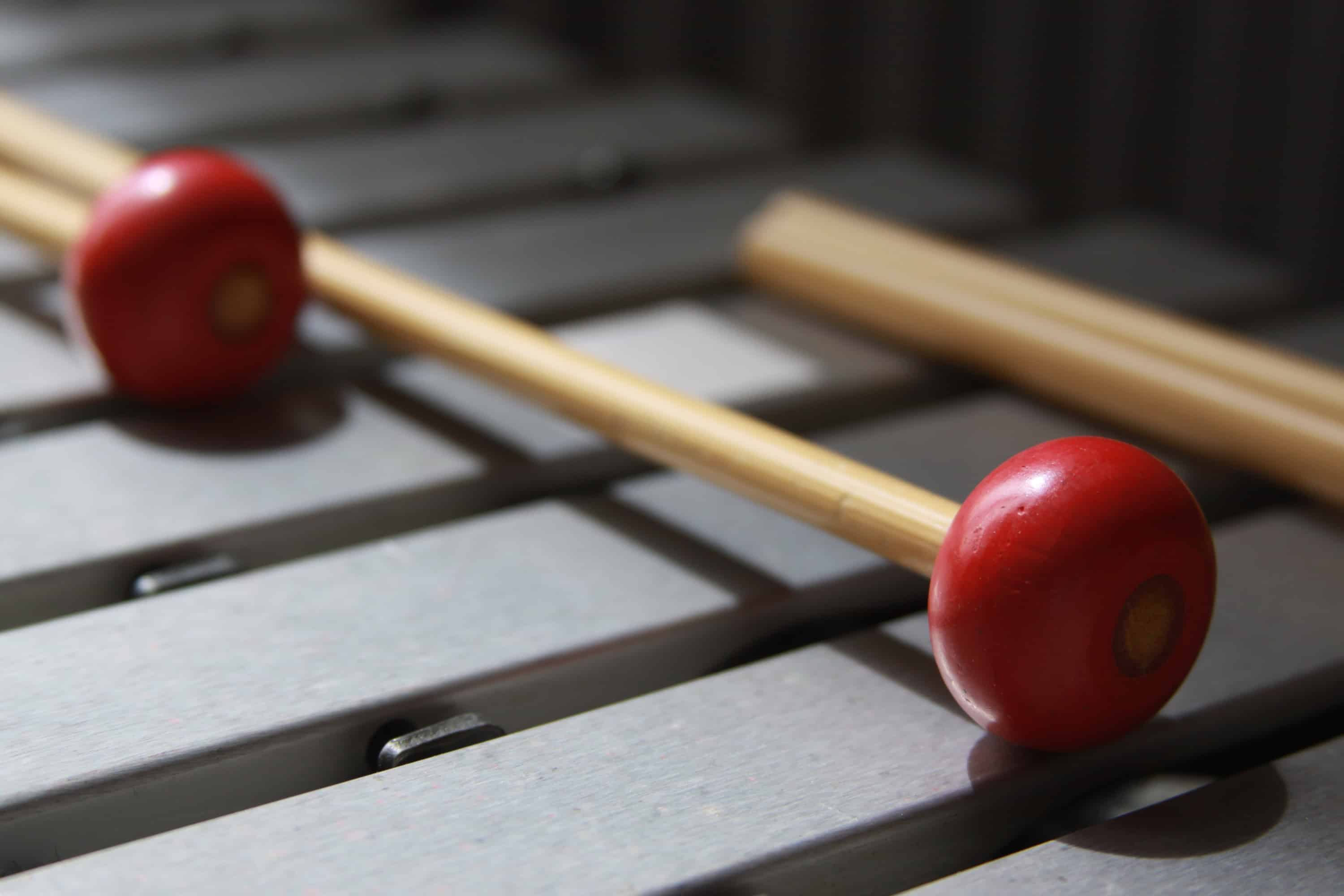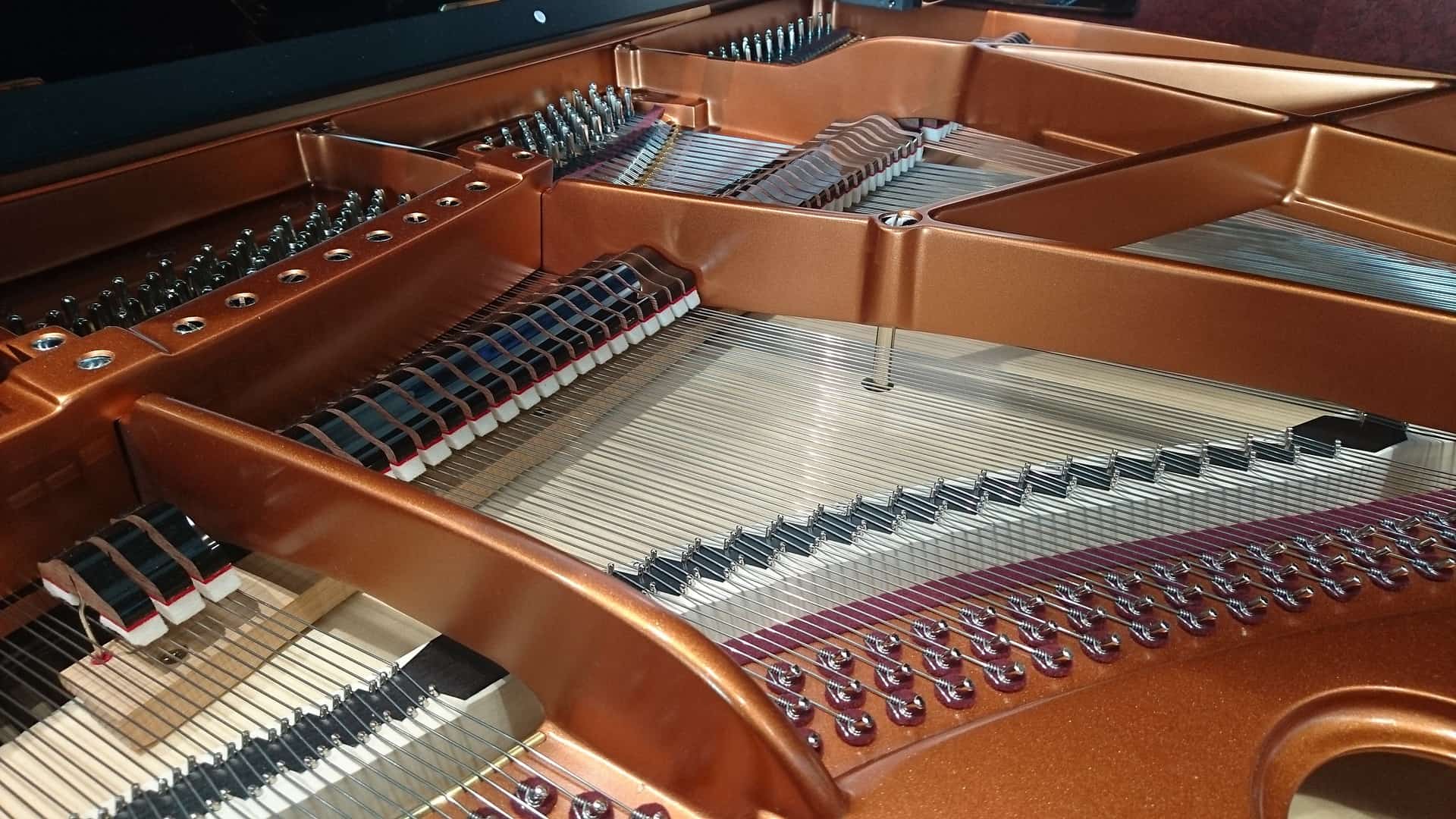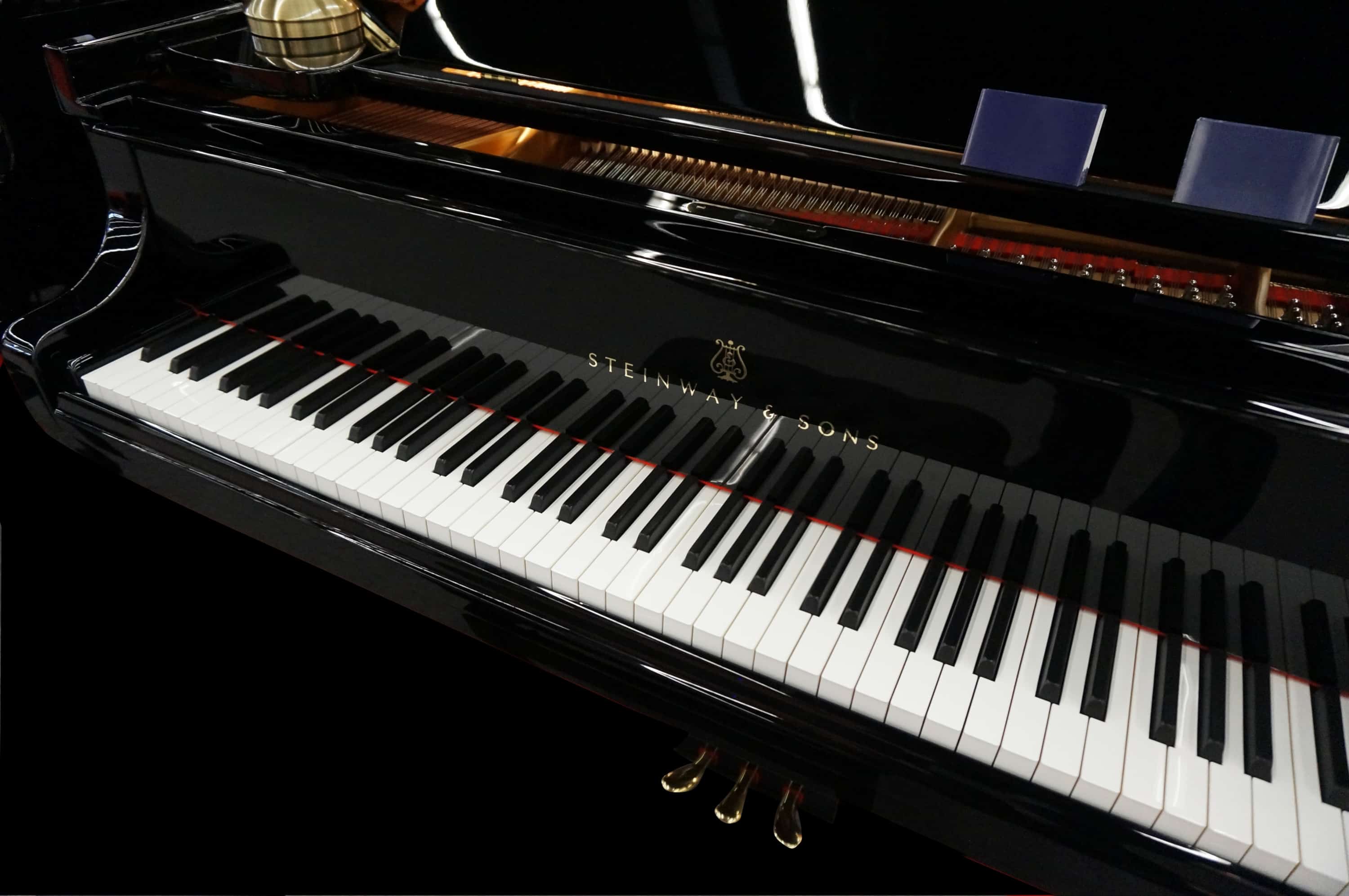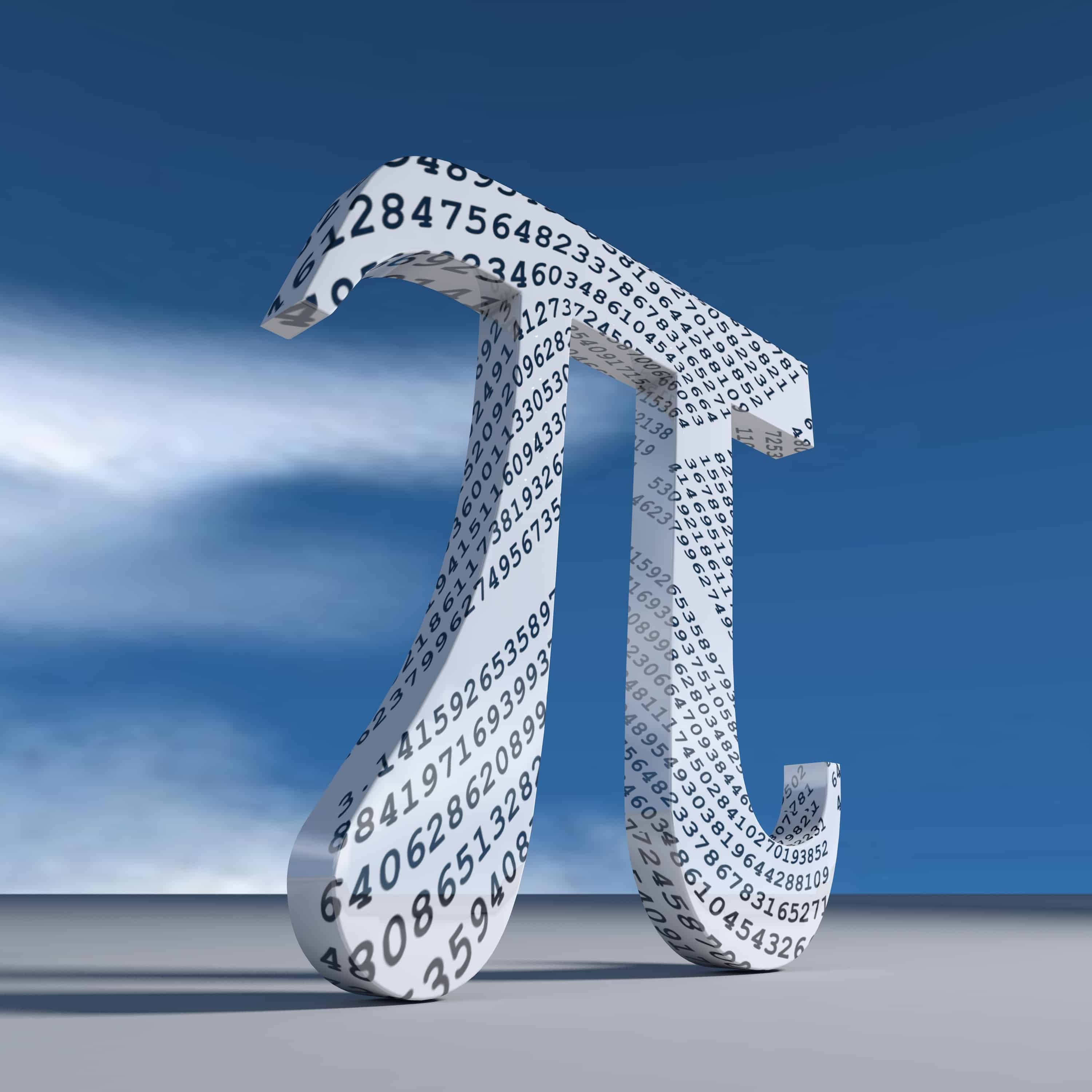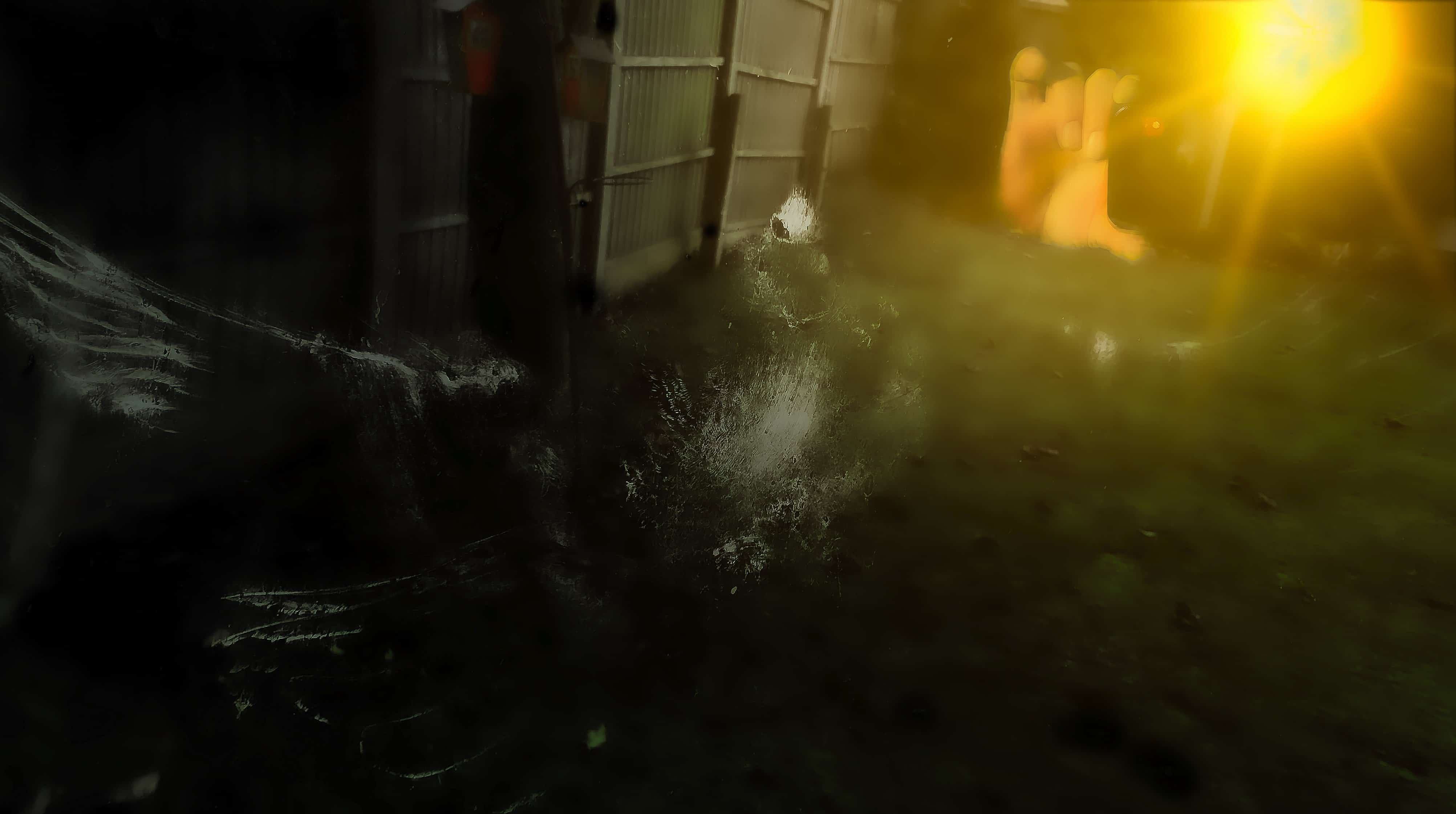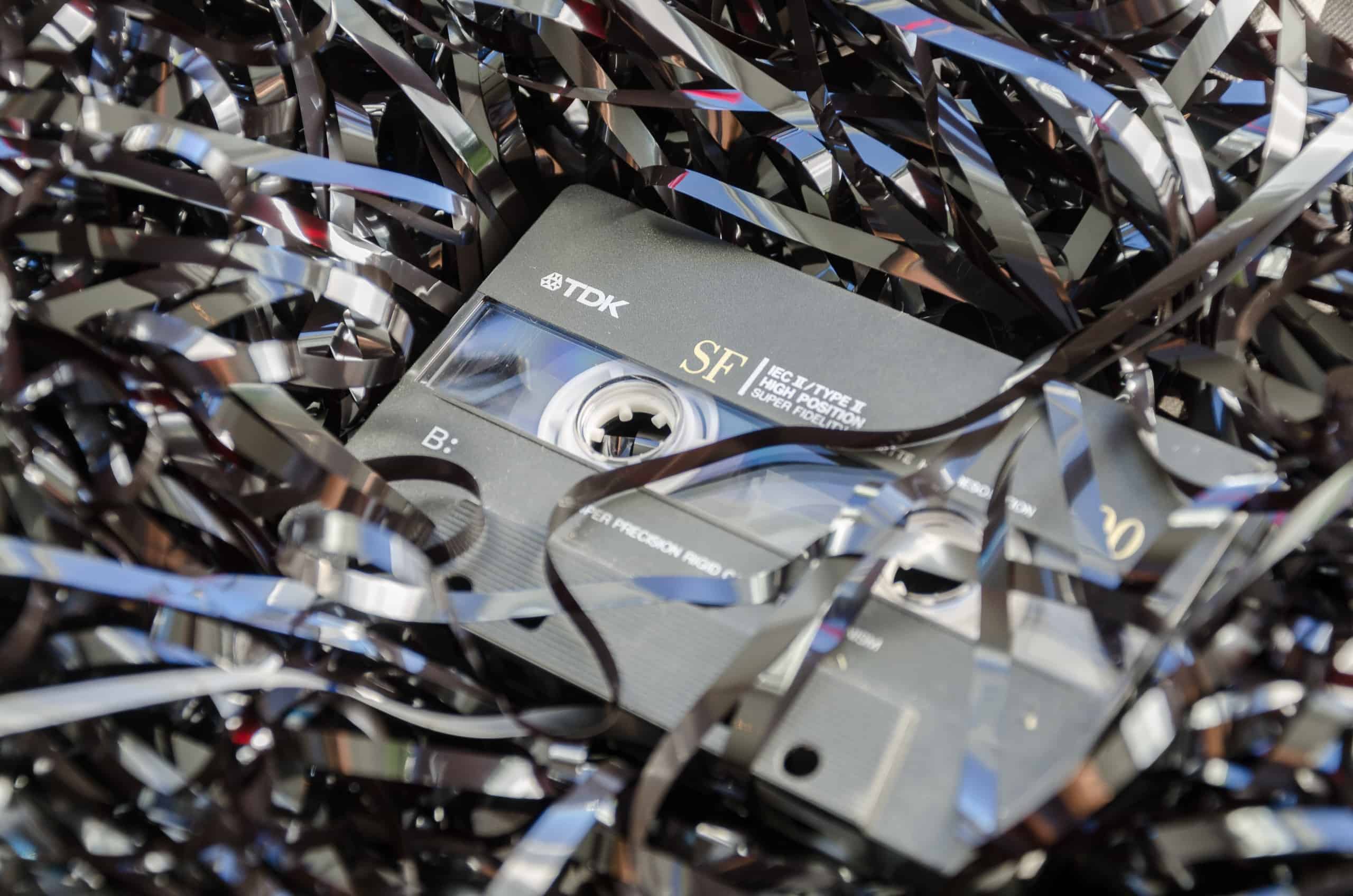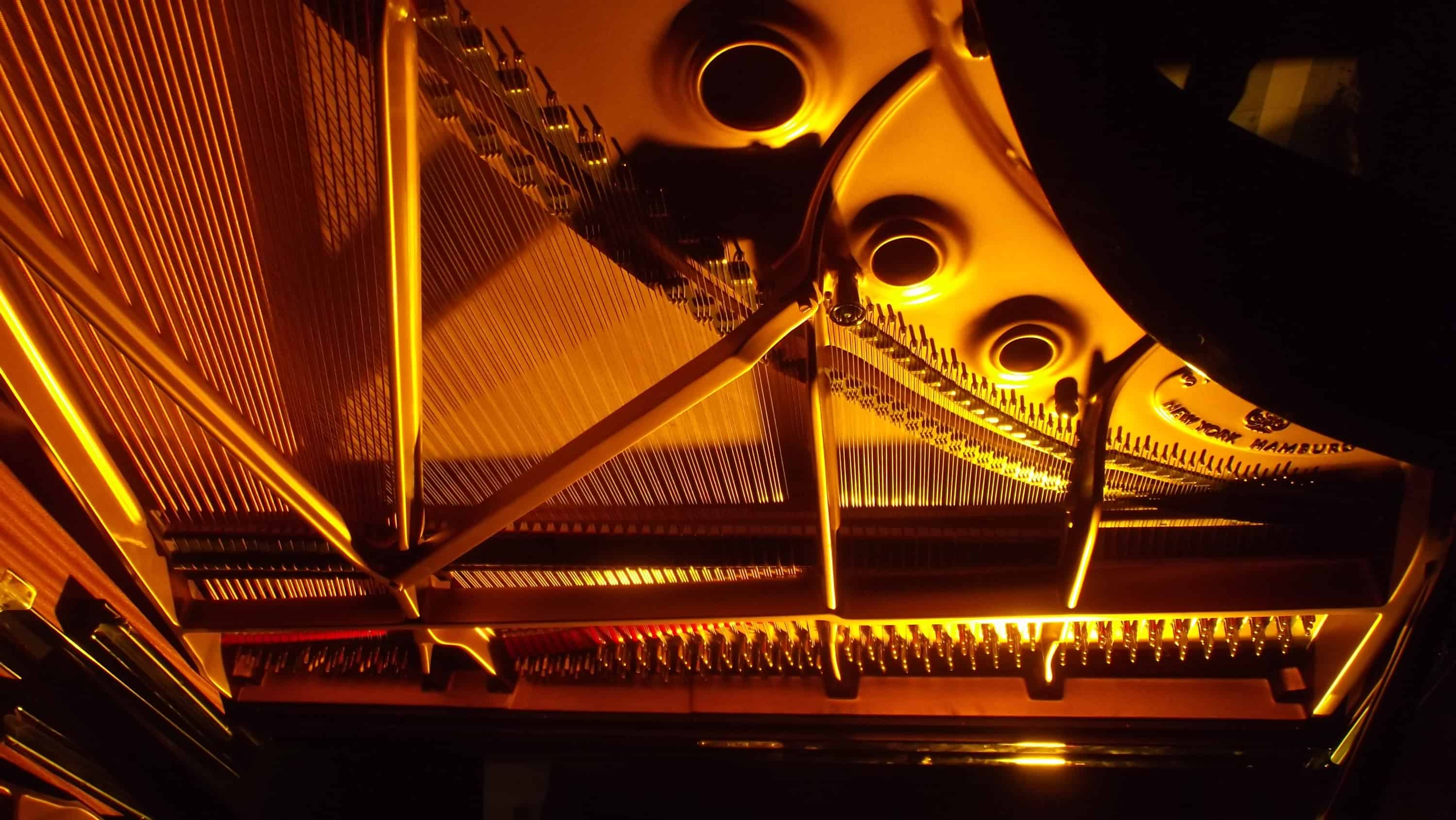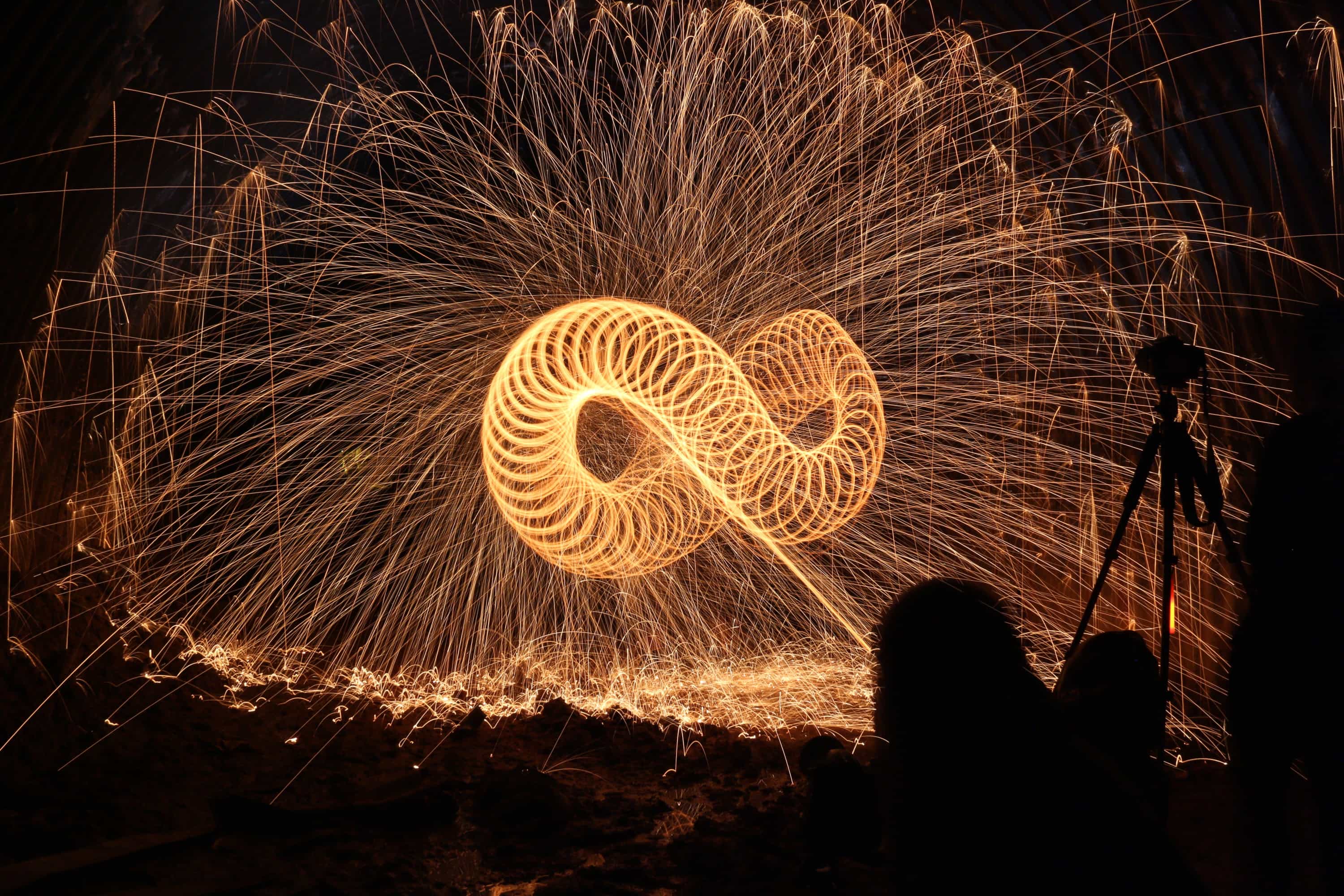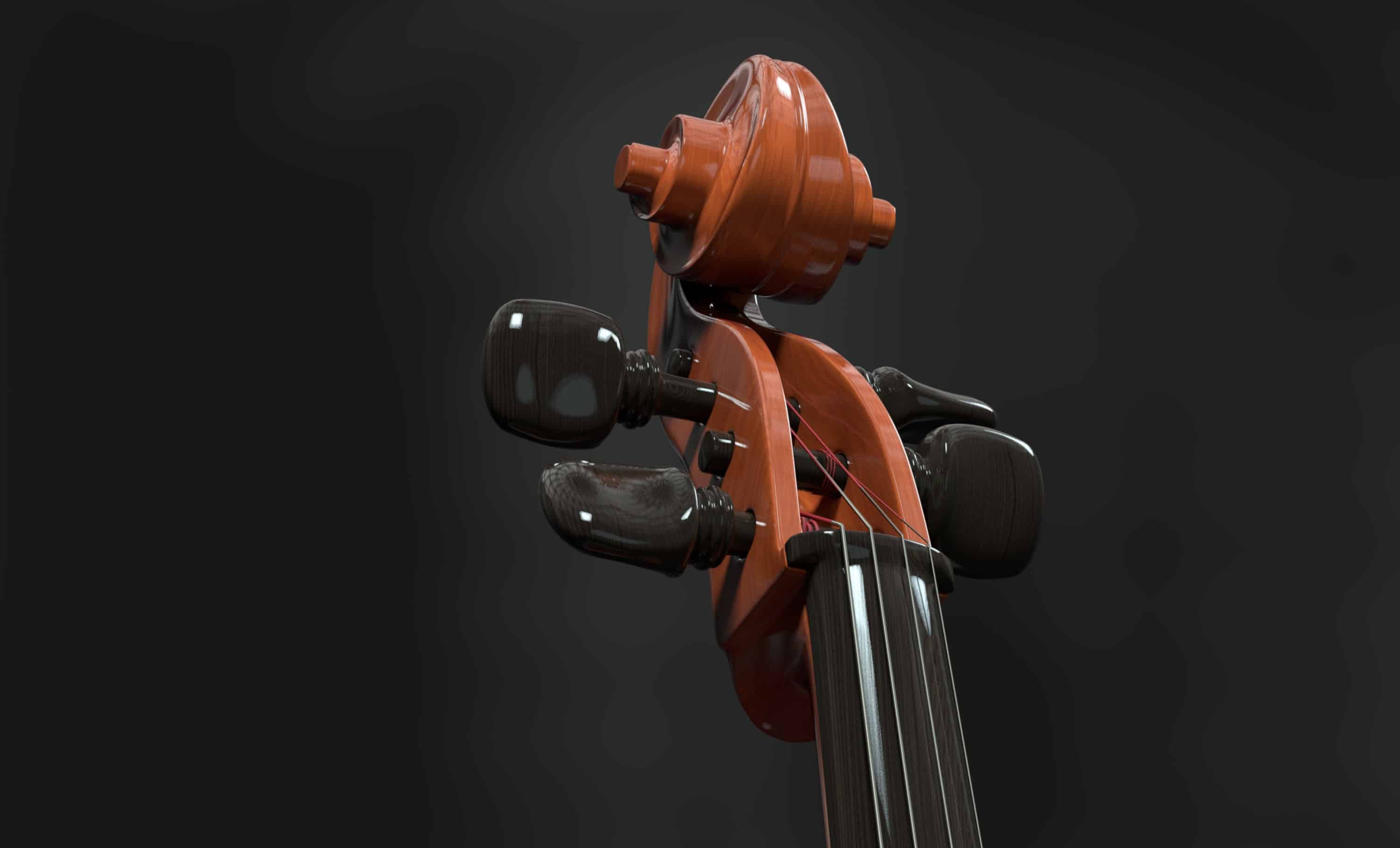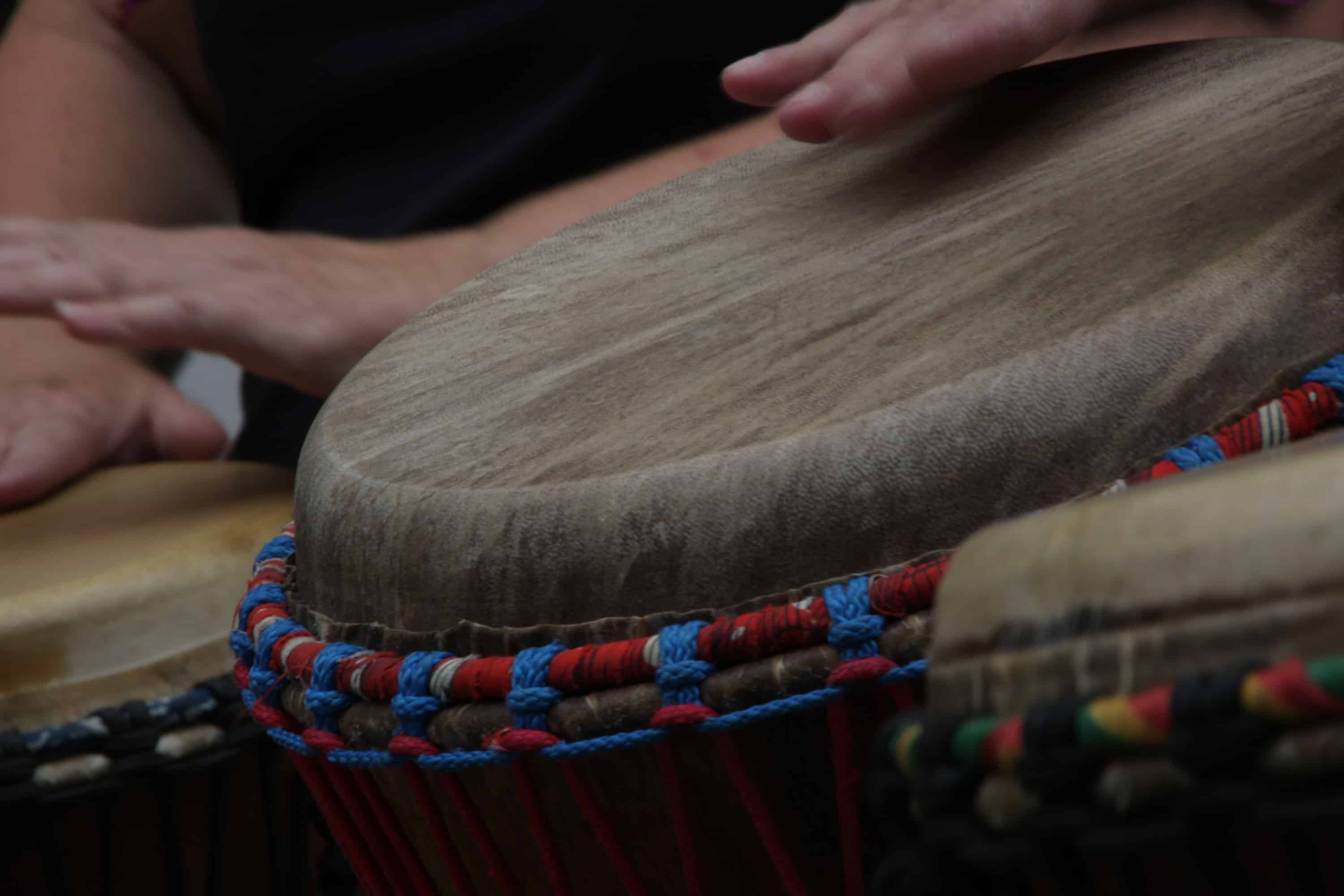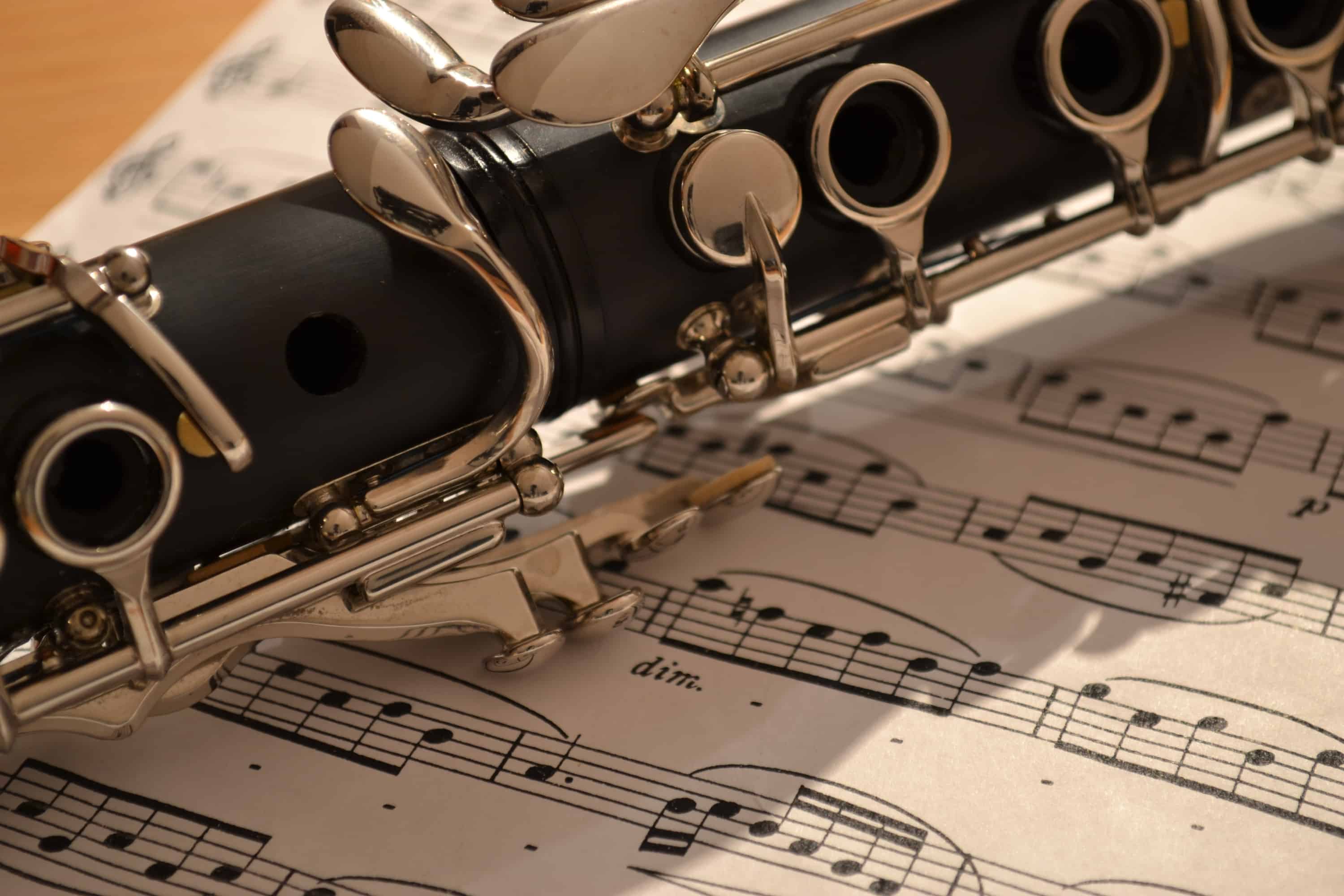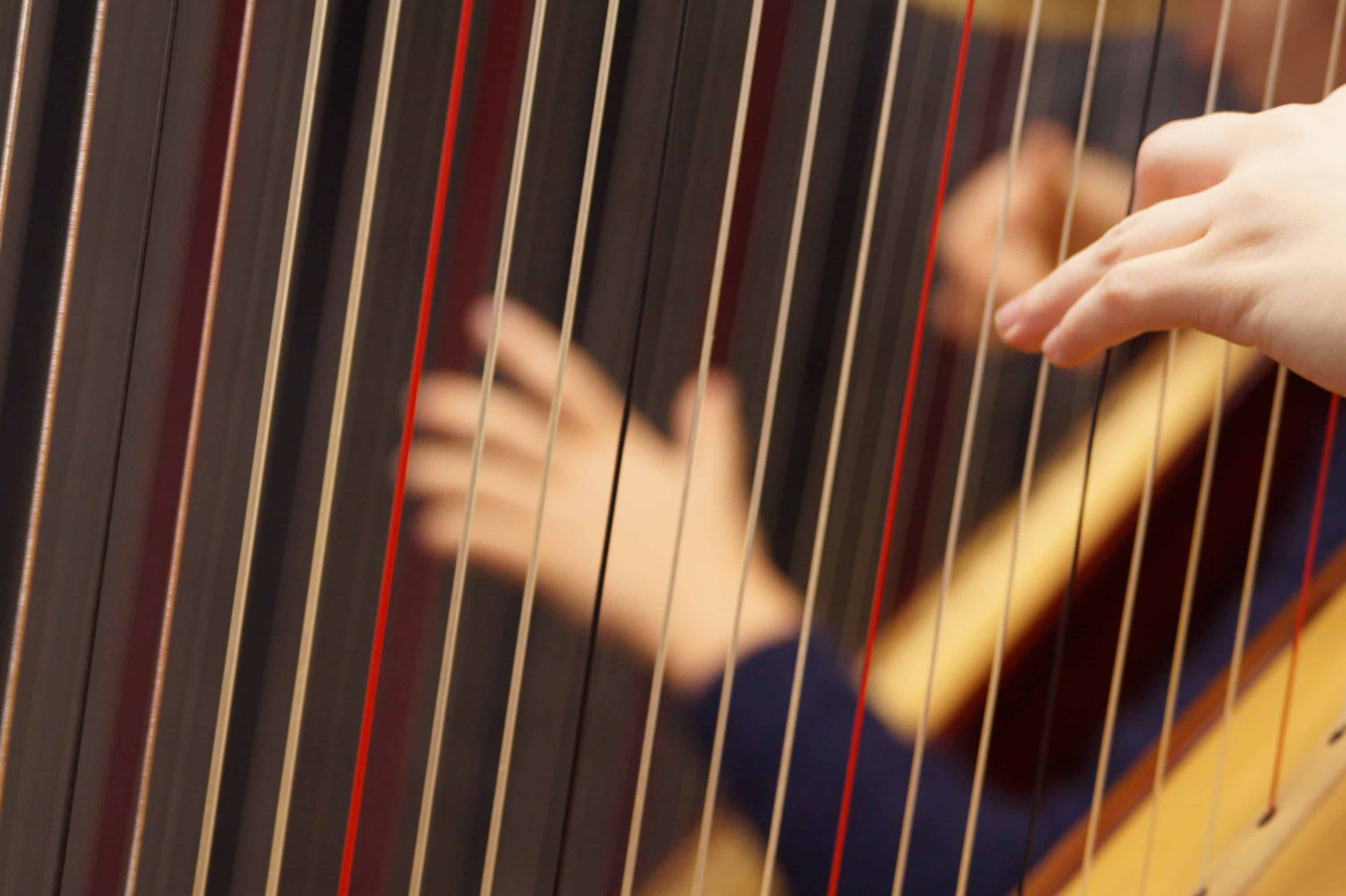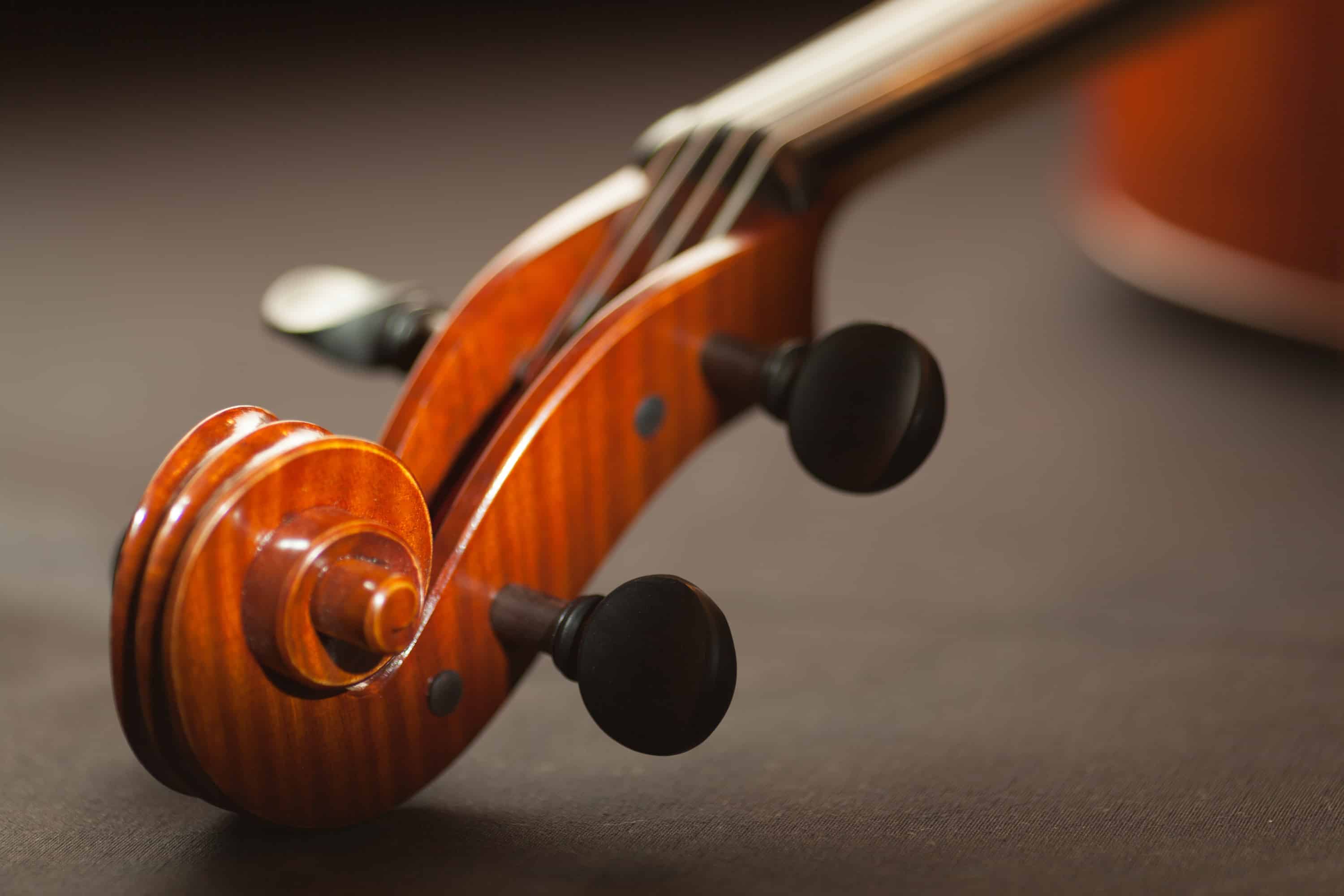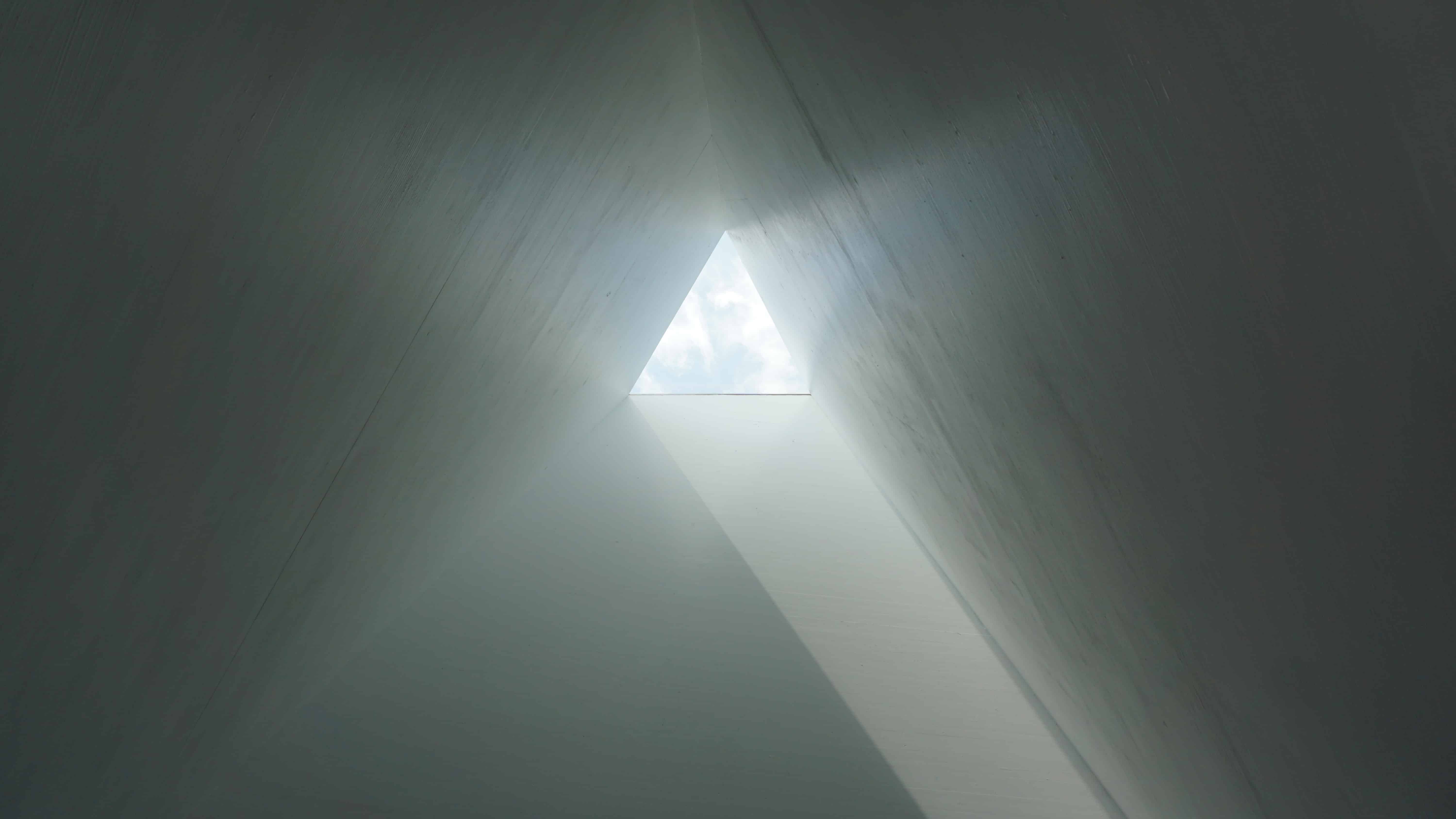Acoustic Composition 23
(A Thousand Sounds of Pi)
An Infinite Circle is a Straight Line (2012/20)
Seven movements for solo piano
Guide Recording
The majority of this multiple movement work for solo piano was composed systematically from the first 1,000 decimal digits of Pi during the summer of 2012. Using a combination of Arnold Schoenberg’s dodecaphonic technique and Arvo Pärt’s extended tone rows, the piece started life as an analytical exercise, a theoretical study into the musical possibilities of composing with the linear properties of eternal numbers. The Prelude and Postlude were composed in an instinctive manner during the summer of 2014 through a desire to bookend the systemised cycles with music formed from a more ‘philosophical’ approach to the use of Pi and musical 3s, 1s and 4s. The Interlude was added during final realisation of the performance score in late 2020, when three of the original cycles were removed and the phrases were articulated within the boundaries of the system to enhance the inherent musicality of the statements and subtly sculpt the textural contours that emerged.
Pi is an eternal number; it is infinite and linear but is part of the equation used to calculate the circumference of a circle; a cyclic and self-contained shape. The composer was attracted by this contradiction and was intrigued by the realisation that if Pi is an ‘infinite decimal’, it could also be argued that the precise circumference of a circle is an unobtainable pursuit (an infinite elusive). Whilst researching the fundamentals of Pi, one stumbled across an area of research (or mode of thinking) referred to as 'philosophical mathematics', which, until then, one would have considered to be an oxymoron. A quotation accredited (with some dispute) to Johannes Kepler (1571-1630) stating that 'an infinite circle is a straight line' offered just ‘a splash’ of external narrative (and a title for the piece). Others have mused how, therefore, the maximum triangle must also be a straight line …
The Rules of the Game :
Simply Systematic :
One recalls exploring a variety of initial approaches whilst trying to uncover fragments of music within this linear eternal and the processes were excessively time consuming to document in score form, but once the ‘rules of the game’ were established, it was literally a case of ‘inputting the data’ and sitting back to let the systems and cycles unfold, entertained by the musicality one had discovered. The articulation and dynamics added during final realisation of the performance score simply enhanced the phrases that were already present; like applying oil to wood to emphasise the grain and preserve its natural beauty. One could pose the question: Whose music is this? Perhaps it belongs to the Akashic Record? Perhaps it is mine?
Variable Form :
This is a virtuosic piece. Cycle Seven borders on a ‘mission impossible’ and is perhaps more practical for performance as a duo for two players at one piano. Cycle Six demands elite acrobatics from the pianist and Cycle Five requires a high level of stamina, technique and agility. The music clearly belongs to the same evolutionary strand as George Antheil’s Ballet Mécanique (1924) and Conlon Nancarrow’s mid-twentieth-century studies for automated player pianos, and this collection was initially conceived as a theoretical exercise (not for the concert hall), but it is difficult to deny the inherent musicality in these cycles (and the capabilities of the modern pianist), so, for this reason, the piece can be performed in variable forms with as little as three movements: Prelude – Cycle Four – Postlude. Simply keep adding cycles to taste (or technique). The Interlude should only ever be observed if one is attempting a performance of the whole piece.
Notation :
This is an extremely chromatic score, so in order to dilute the number of accidentals, the following rules were strictly observed:
a. The barline cancels all accidentals.
b. Both staves are considered separate, so no cautionary naturals are offered.
c. Accidentals (and their cautionaries) only apply to notes in that specific register.
d. Whenever there are cross-staff beamed notes, no rests are given in either stave.
In Conclusion :
The emotive and flamboyant Prelude was composed through inverted mirror symmetry and transposed palindromic retrogrades of musical 3s, 1s and 4s (intervals and interval-classes). The introverted and reflective Postlude was composed from a reductive linear sequence of dyads (3s, 1s and 4s). The Interlude is composed from silence. The Cycles were composed through systematic translation of the first one thousand decimal digits of Pi into musical pitch, and, when using these rules, sounds like a form of contemporary chromatic Jazz. One is left wondering how the next 1,000 digits would sound if new rules were conceived in the context of a plainchant setting for SATB, or perhaps a modernist work for pitched percussion …
Direct Pdf Links :
An Infinite Circle is a Straight Line
Watching the Sun Set on Another Summer (2014/20)
Duet in three movements for vibraphone and piano
Guide Recording
This very short duet for vibraphone and piano was composed using three movements from An Infinite Circle is a Straight Line – A Thousand Sounds of Pi (for solo piano).
As a guiding atmosphere (that essential incorporeal elusive) for the musical characters interacting within this duet, an additional strand of narrative was conceived from the Kepler quote. This scenario is used as a performance indication at the start of the score: "Watching the curved horizon as the sun sets on another summer."
The emotive and flamboyant (but very short) Prelude was originally composed through inverted mirror symmetry and transposed palindromic retrogrades of musical 3s, 1s and 4s (intervals and interval-classes). The short movement was conceived as a duet (with reference to the additional narrative) for violin and piano during 2014, but although the notes the violin played were ‘the right ones’, the piece did not work, did not capture the character of the narrative and seemed to detune with the timbres. The decision to use vibraphone in this final version radically transformed the soundworld; the atmosphere of the notes (and the combined timbres) now complimented the narrative.
The introverted and reflective Postlude was composed from a reductive linear sequence of dyads (3s, 1s and 4s). This half of the sequence was actually removed from its parent piece, so it was very satisfying to be able to utilise the material here.
The Interlude acts as a transitional exclamation mark (an emotive ambiguity) and was composed (over the original silence) through conflating fragments of the materials that surrounded it: The space within the circle.
Watching the Sun Set on Another Summer was an enjoyable piece to compose. It is a short ‘stocking-filler’ designed to lighten the tension in the concert programme and provide a reflective ‘breath of fresh air’. It is a warm breeze on a cold day (composed in twelve-tones).


